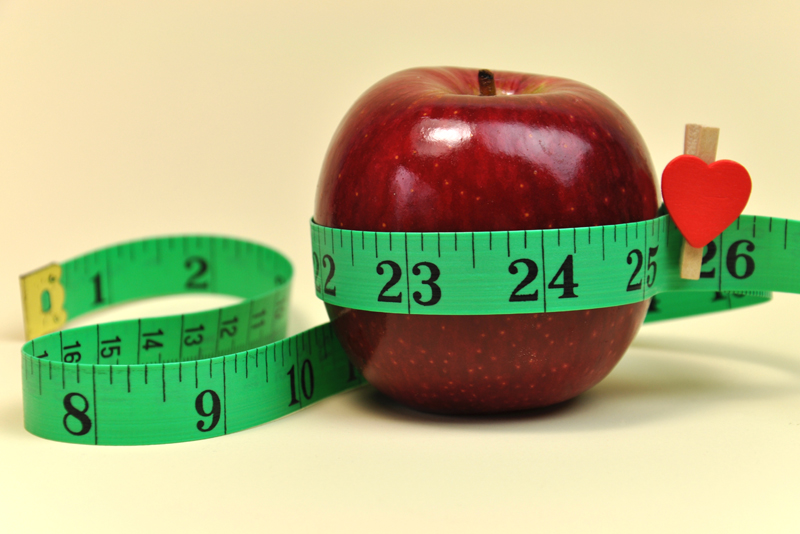Slow Cooking / Crockpot Basics

If you're slow cooking a recipe in a crockpot, here are basics to keep in mind for pretty much any recipe you use.
 Have a Meat Thermometer
Have a Meat Thermometer
Having the meat cook fully is critical for health reasons. You want that meat, within 2 hours, to reach its safe temperature. You don't want meat sitting on your counter for more than 2 hours at a low temperature. At the same time, once the meat reaches that temperature, you don't want it to go beneath that again. So for example if you're cooking beef, you want it to get to 145F within 2 hours. And during the entire length of the cooking, you don't want it to drop below 145F after that.
Fat Side Up
If there is fat on any meat you're cooking, put that part up. That way as the fat melts it self-bastes the food.
Stir Occasionally
In general slow cooking is a hands-off process, but it's good to pour the liquids over the top every once in a while, and to stir it up. This helps to keep things moist.
Watch the Wires
Put the crockpot on a sturdy counter where the wire is completely tucked in. You don't want it out on a table where someone might accidentally hit or tug the wire. Crockpots are full of hot liquid. They can hurt someone quite severely.
Have a Fire Extinguisher
This is true for all cooking methods, but I'll mention it here too. Always have a fire extinguisher around if you're cooking. You never know what random issue can happen. Have first aid gear on hand too.
Set a Timer
Don't rely on the crockpot itself to do what it should. Units have failures. Set a separate timer in your phone, on your PC, or however else you want to do it. You don't want the food to boil dry.
Test your Crock Pot
Every once in a while, run a test with your crockpot to make sure it's reaching the temperatures you think it should be. Even if it was great last year, its thermometer could have failed in the middle and it might not be quite warming enough. It's easy enough to run a trial with water and a thermometer every year or so and make sure the unit is still safe.

Lisa Shea's Library of Low Carb Books
 Have a Meat Thermometer
Have a Meat ThermometerHaving the meat cook fully is critical for health reasons. You want that meat, within 2 hours, to reach its safe temperature. You don't want meat sitting on your counter for more than 2 hours at a low temperature. At the same time, once the meat reaches that temperature, you don't want it to go beneath that again. So for example if you're cooking beef, you want it to get to 145F within 2 hours. And during the entire length of the cooking, you don't want it to drop below 145F after that.
Fat Side Up
If there is fat on any meat you're cooking, put that part up. That way as the fat melts it self-bastes the food.
Stir Occasionally
In general slow cooking is a hands-off process, but it's good to pour the liquids over the top every once in a while, and to stir it up. This helps to keep things moist.
Watch the Wires
Put the crockpot on a sturdy counter where the wire is completely tucked in. You don't want it out on a table where someone might accidentally hit or tug the wire. Crockpots are full of hot liquid. They can hurt someone quite severely.
Have a Fire Extinguisher
This is true for all cooking methods, but I'll mention it here too. Always have a fire extinguisher around if you're cooking. You never know what random issue can happen. Have first aid gear on hand too.
Set a Timer
Don't rely on the crockpot itself to do what it should. Units have failures. Set a separate timer in your phone, on your PC, or however else you want to do it. You don't want the food to boil dry.
Test your Crock Pot
Every once in a while, run a test with your crockpot to make sure it's reaching the temperatures you think it should be. Even if it was great last year, its thermometer could have failed in the middle and it might not be quite warming enough. It's easy enough to run a trial with water and a thermometer every year or so and make sure the unit is still safe.

Lisa Shea's Library of Low Carb Books
You Should Also Read:
Safe Meat Cooking Temperatures

Related Articles
Editor's Picks Articles
Top Ten Articles
Previous Features
Site Map
Follow @LisaLowCarb
Tweet
Content copyright © 2023 by Lisa Shea. All rights reserved.
This content was written by Lisa Shea. If you wish to use this content in any manner, you need written permission. Contact Lisa Shea for details.










